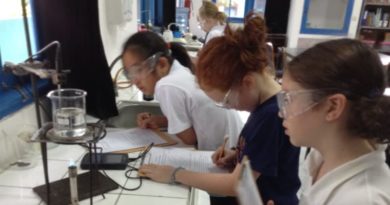Primary eNews – October 1, 2021
PYP Three-Way Conferences
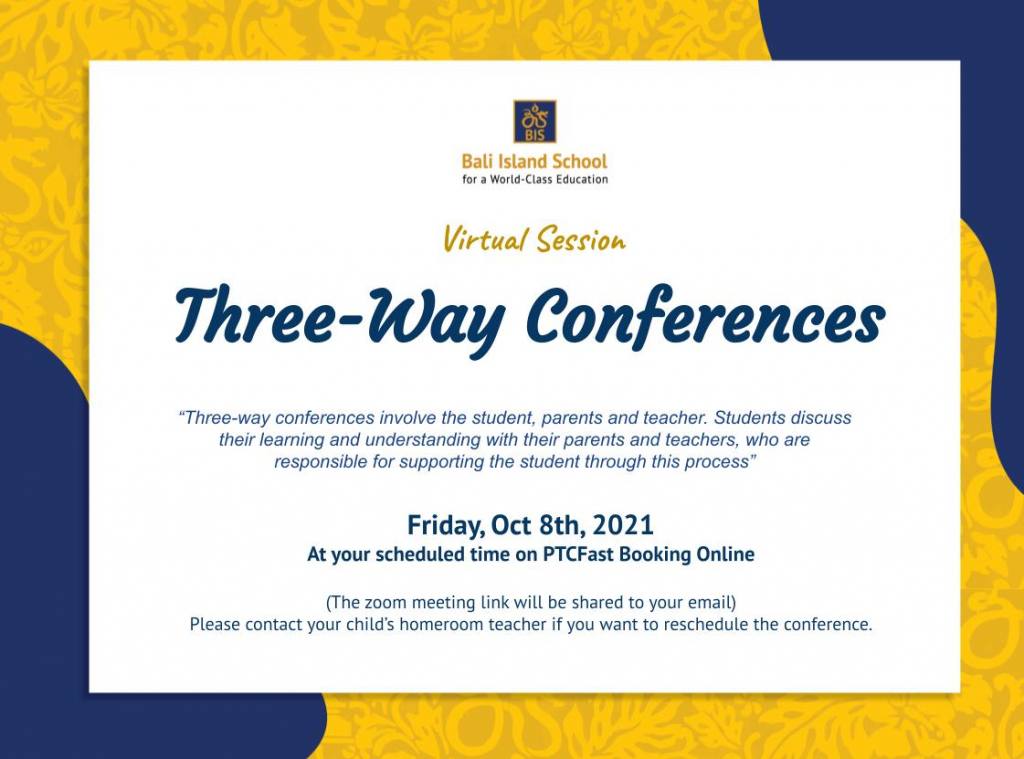
BIS will hold three-way conferences virtually on Friday, October 8 – this will be a non-teaching day. Students are encouraged to use any extra time following the conferences to complete assigned tasks, catch up and work on learning packs. Students are also encouraged to get away from their devices.
This week, parents have received an email with instructions to book their children’s conference times using the online booking system, PTCFast. As many of our teachers teach large numbers of students it may be that you are unable to find a suitable time to speak. If you cannot find a suitable time to meet with your child’s teacher on October 8, please email the homeroom teacher to organize an alternate time.
Three-way Conferences
Three-way conferences involve the student, parents, and teacher. Students discuss their learning and understanding with their parents and teachers, who are responsible for supporting the student through this process. Students are responsible for reflecting upon work samples they have chosen to share, that have been previously selected with guidance and support from the teacher and could be from the student’s portfolio. The student, parents, and the teacher collaborate to establish and identify the student’s strengths and areas for improvement. This may lead to the setting of new goals, with all determining how they can support the achievement of the goals. The teacher is an integral part of the process and takes notes of the discussion. These notes may then be used in the written report. All of the participants must understand the format and their roles prior to the conference.
Source. IB Making the PYP Happen – a curriculum framework for international primary education (2009)
Supporting Mother Tongue AND Learning by Snuggling Up with a Good Book
Jackie Wyncoll BIS EAL teacher (Primary)

A great way to connect and spend quality time with your child is by snuggling up with a good book! I know your days can be busy and hectic, but scheduling a routine time to read together once a day has HUGE rewards. It’s an opportunity for you and your child to build a strong emotional bond and to learn about each other by sharing opinions and ideas, to talk about each of your past experiences, and to look forward to something together. This home activity not only builds a joy for reading but it is also an excellent way to build language and communication, and develop critical thinking and listening skills. It is a perfect partnership to the learning that is taking place at school.
Does the book need to be an English Book? Absolutely NOT! In fact, if English is not your home language, then I would encourage you to read to your child in their mother tongue. By reading to your child in their mother tongue, you develop and maintain important language skills as well as provide a pathway that enables them to connect socially, personally, and culturally to their country of origin. Reading and communicating in their mother tongue will also help your child to develop their critical thinking and literacy skills, such as building vocabulary, making predictions, connecting to prior experiences, and sharing opinions. Finally, reading to your child in their mother tongue will help to build a strong cognitive foundation that will support learning in their second, third or more languages.
Mother Tongue Reading Tips:
- Read from a variety of texts: fiction, non-fiction, poetry, comic books, and magazines.
- Read Aloud: This encourages your child to actively participate in conversation and discussion about the text being read. Ask questions, make connections to experiences you’ve had together or other books you’ve read.
- Talk with your child: This will help your child discover interests, develop reflection skills, retell and sequence events, exercise memory, and connect to prior knowledge or learning taking place in school.
Resources:
International Children’s Library
Visit the BIS library to check out books in your Mother Tongue
References:
Why Reading to Your Kids in Your Home Language Will Help Them Become Better Readers
Tuning in to Science in Grade 4
Grade 4 has started our new unit of inquiry, Who We Are: our body is made up of connected systems that contribute to our health and survival.
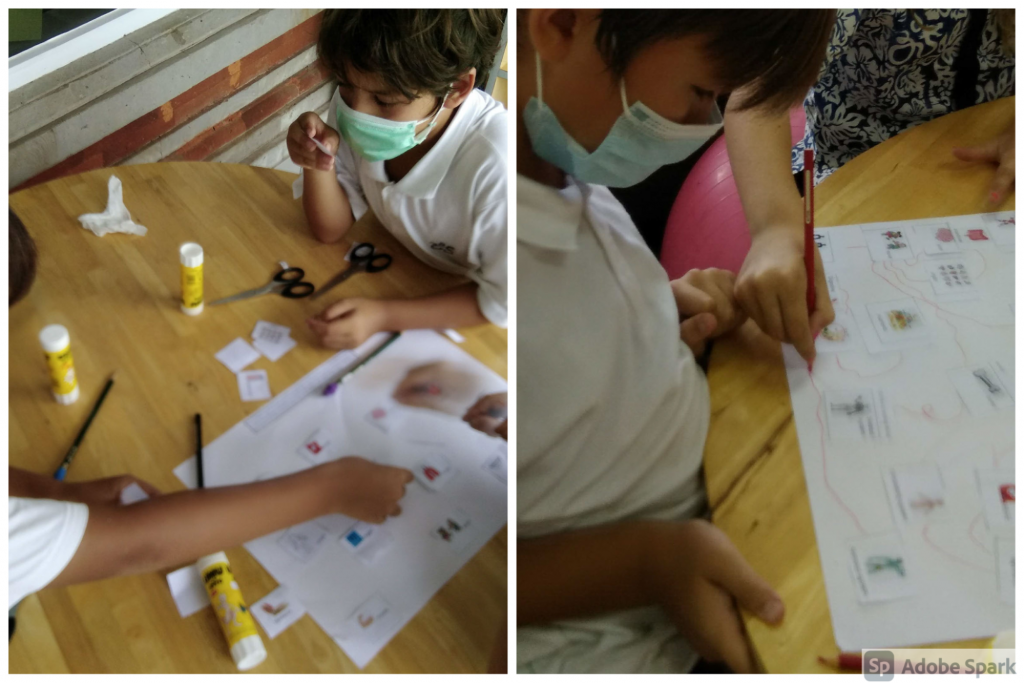
To find out what we already know, Grade 4 did a clump & dump knowledge map. Working with partners, students grouped images, writing explanations about the images. They used lines and sentences to explain any connections. A final task was to share our prior knowledge, highlight factual information and circle misconceptions, adding these to our inquiry questions for this unit.
During this unit, students will use a science lens to:
- Explore how different systems work together in the human body
- Investigate food groups
- Inquire into the impact of activity and diet of energy and development
As scientists, we are learning the scientific method so that we can inquire and use experiments to investigate. We started out with an experiment to assess our skills in observation.
Grade 4 was given a Lab procedure. As a whole group we highlighted the different parts of this first procedure, connecting these to the scientific method:
- Ask a question
- Make a hypothesis
- Plan an investigation
- Collect and record data
- Organize and analyze data
- Explain results and make a conclusion
Our next steps were to outline safety. We asked ourselves the question, “In what ways can we be responsible and safe when working on a science investigation?” Grade 4 had fabulous ideas which demonstrated their responsibility and thinking as budding scientists. So we were ready to start!
Lights, timer, action!
The task was to observe a candle burning for 3 minutes. Our guiding question was “How can using all of our senses make our observations more valuable?”
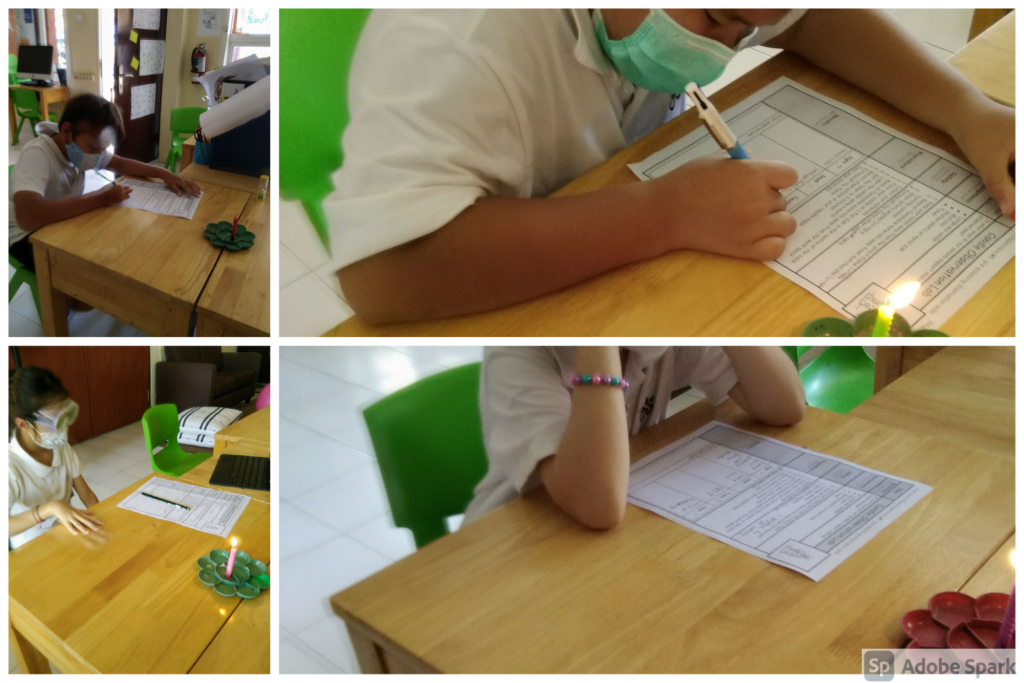
Students noticed that they spent a lot of time looking at the candle because most of our data collected were about what we could see: an orange flame, a blue flame, melting wax. They discovered that when they focussed on other senses, like smell, hearing, and touch, they noticed more interesting phenomena and made greater connections: the heat is above the flame, but on the sides of the flame it is much less, the flame actually has a sound like air moving, its melting wax smells like lotion.
After summarising our collected data, Grade 4 concluded that scientists use all of their senses when observing to gather data, test hypotheses, and ask more questions.
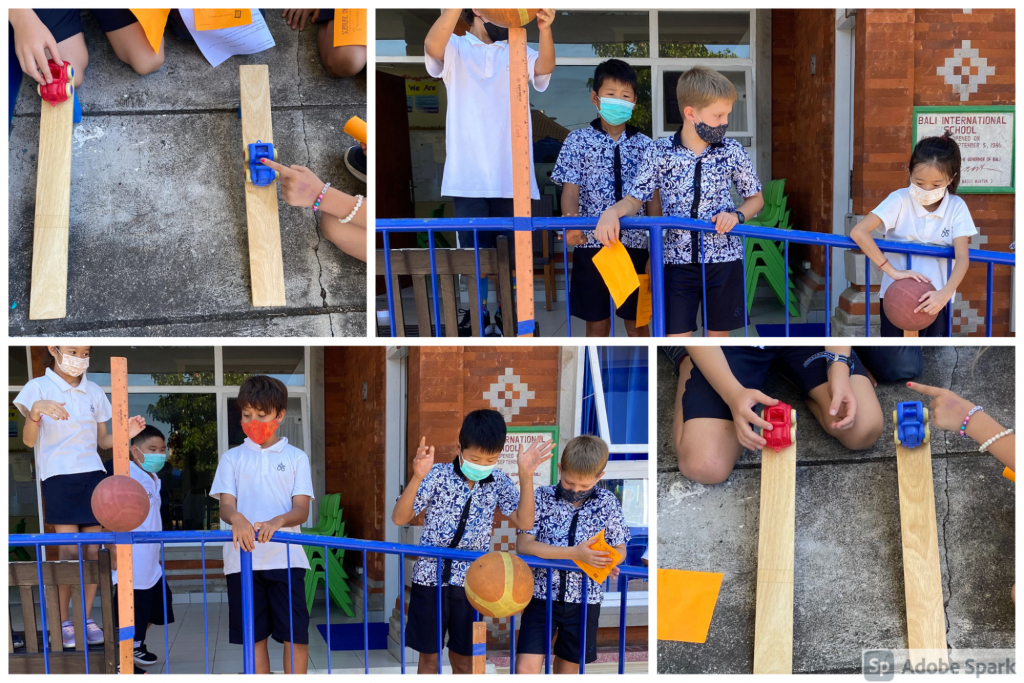
Armed with new skills in observation, students conducted some simple tests in teams. The aim of these tests was to introduce the students to fair tests. Team 1 and Team 2 were in competition, with House Points for a win. Students made hypotheses and the contest began. They also pointed out that there were many variables and the contest was unfair. The cars started at different heights on the ramp and with different amounts of force to propel them. The balls were dropped from different heights and were different balls.
How could we make our tests more fair for both teams? We adjusted variables and repeated tests. We made hypotheses and discovered we still have more questions. Grade 4 are keen scientists and are excited to further develop their skills in the scientific method further as they inquire into systems of the body and how they function.

